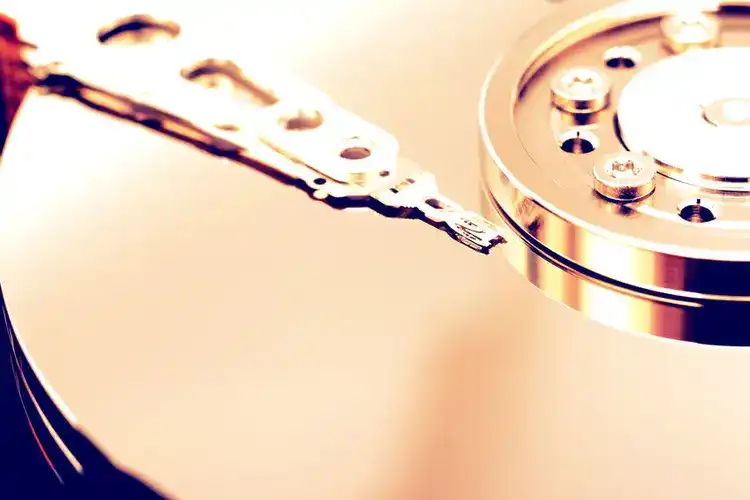
June 02, 2016
Why Workplaces Should Take Hard Drive Destruction as Seriously as Google Does
This online video provides an interesting behind-the-scenes tour of one of Google’s famous data centers… and security is tight.
The narrator explains to viewers that appropriate security clearance is necessary for anyone who enters the building with security safeguards include keypad locks, dual authentication, and even iris scanners.
Information security is understandably tight too. All data is stored on huge physical devices and when data is replicated and safe, hard drives are destroyed "so no one can access your data”.
Hard drive shredding is demonstrated. While Google’s huge hard-drive shredder destroys a hard drive that is no longer useful, the narrator describes the shredder as a wood chipper for data storage.
All workplaces would benefit from this kind of hard drive security.
In 2015, technology companies shipped more than 2.6 billion devices containing hard drives, according to IT research and advisory company Gartner.
Monetary losses due to cyber crime have increased 19% compared to 2014, according to the Cost of Cyber Crime Study by Ponemon. The study showed companies worldwide now lose about $7.7 million annually.
Companies can fight back by using technology and best practices to reduce cyber crime losses, said the report.
Here are some guidelines for protecting confidential information on hard drives:
Equip all hard drives with up-to-date safeguarding technology. Ensure laptops and other mobile devices are regularly scanned for viruses and other infections.
Provide on-going education for employees. “Training is the first critical step for employees to understand their role in disposing of sensitive and confidential information,” said one industry expert.
Stay compliant with privacy laws that protect confidential data. Keep up-to-date with all the laws covering your business and industry.
Protect all hard drives. Hard drives reside in different devices (desktops, laptops, servers, phones, USB thumb drivers, and other mobile devices). Hard drives are also in printers, photocopiers and other equipment. Most electronic equipment is now dated – and replaced – within three or four years.
Create a policy for the secure destruction of confidential documents. An earlier Ponemon study showed that 51% of companies that have an information security policy do not include the secure destruction of hard drives. But destroying obsolete data storage means destroying the hard drive.
Don’t stockpile or just toss out old and retired hard drives. Even if confidential data has been erased or degaussed, research has shown it can be recovered – and this can lead to a security breach. Perform regular clean-outs of storage facilities. The 2015 Shred-it Security Tracker showed that 37% of U.S. businesses have never disposed of hard drives, USBs and other hardware that contain confidential information. The only way to ensure sensitive data is physically destroyed is to destroy the hard drive.
Partner with a document destruction specialist that provides flexible destruction services for electronic storage devices. The company should have a secure chain of custody and provide on or off site shearing and crushing/punching destruction. It should issue a Certificate of Destruction after every shred, and materials should be securely recycled too.
A reputable document and hard drive destruction specialist will help protect the environment too, with a recycling process for shredded materials.